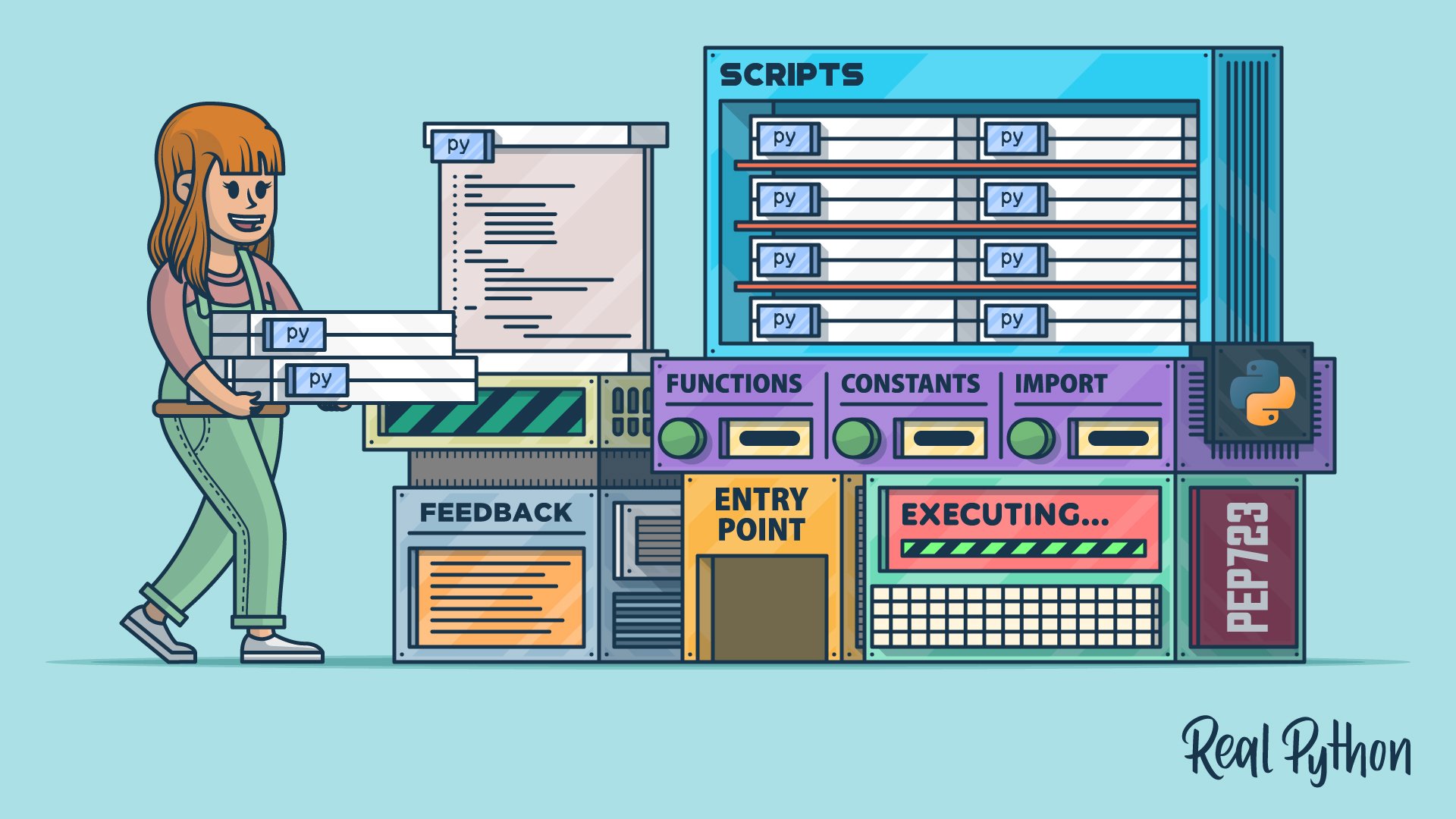RealPython
3w
228

Image Credit: RealPython
How Can You Structure Your Python Script?
- Transitioning from interactive environments to structured scripts in Python is crucial for promoting readability and robust development practices.
- This tutorial helps transform messy scripts into well-organized, shareable code, incorporating standard Python practices and tools.
- Key learnings include organizing scripts logically, managing script state efficiently, enhancing interactivity with command-line arguments, and creating self-contained scripts with inline dependencies.
- The tutorial guides through steps like setting up the initial script, integrating external libraries, handling command-line arguments, structuring internal data, and enhancing feedback and robustness.
- A concrete script interacting with a web server to work with the Iris dataset is used to demonstrate these structuring concepts.
- Starting with the importance of the Shebang line for Unix-like systems, the tutorial covers organizing import statements following PEP 8 recommendations.
- The Shebang line, like #!/usr/bin/env python3, makes Python scripts directly executable from the command line without typing 'python'.
- Organizing import statements into standard library, third-party, and local imports helps in clarifying dependencies and improving code readability.
- Minimizing dependencies for easy sharing and structuring scripts for better collaboration are essential scripting practices emphasized in the tutorial.
- The tutorial offers a comprehensive guide on structuring Python scripts efficiently to enhance readability, collaboration, and development practices.
Read Full Article
13 Likes
For uninterrupted reading, download the app